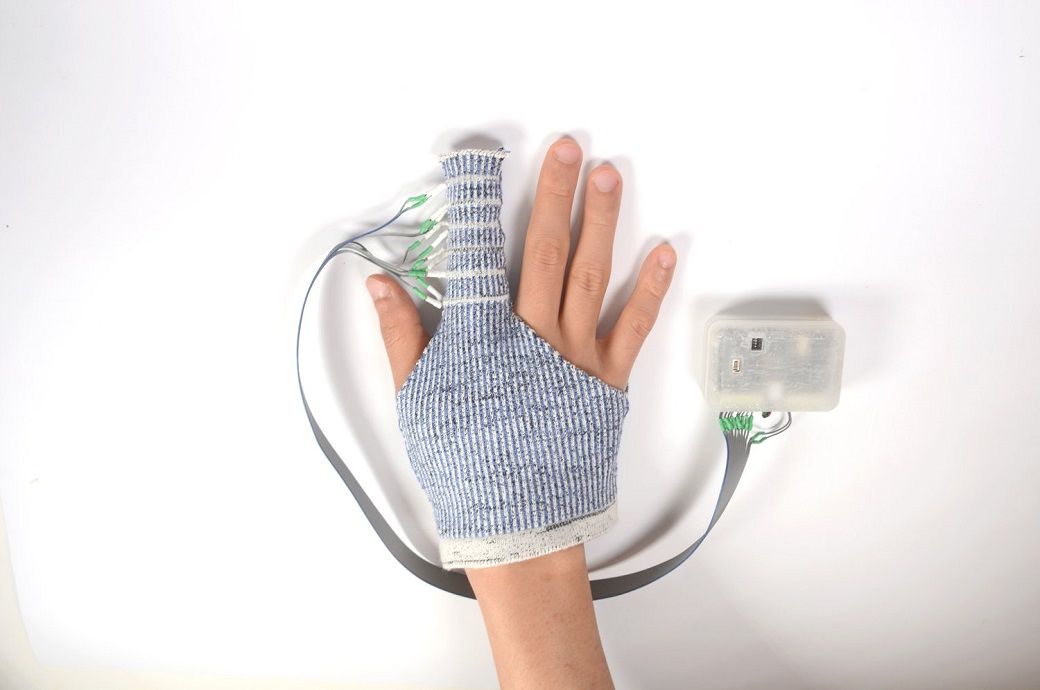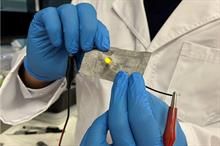
KnitDema offers a potential solution that is personalised and can be used in the comfort of a patient’s own home. The KnitDema device is a knitted robotic textile that can be put over a single finger. It has thread-like shape memory alloy (SMA) springs woven into the knitted material, which are activated by a small-printed circuit board to compress sequentially and mobilise fluid out of the swollen area. Depending on the requirements of the individual patient, the extent and strength of SMA spring compression can be modified. The transition temperature at which the springs contract was 45 °C (113 °F), which participants tolerated without discomfort, according to an article by Tom Fleischman for Cornell Chronicle, Cornell's weekly newspaper.
Cindy (Hsin-Liu) Kao, assistant professor of human centred design in the College of Human Ecology and director of the Hybrid Body Lab, along with her team, developed the wearable technology. The technology was developed in collaboration with physicians from Weill Cornell Medicine and therapists from the Department of Physical Therapy at Cayuga Medical Center (CMC).
Heather (Jin Hee) Kim, a human centred design doctoral student and Hybrid Body Lab member, and Kao tested KnitDema on a simulated finger (a saturated sponge encapsulated in silicone). The device was designed to provide a comfortable and quiet experience while delivering a more evenly dispersed compression around the affected area compared to MEM treatment.
The KnitDema device is made with a stretchy yarn with hollow pockets for the actuators built in, offering a tight fit and passive compression even when the actuators aren’t on. It is also designed to be a "personalised rehabilitation device," which can be prescribed to an outpatient, similar to medication.
KnitDema offers several advantages over MEM treatment. It allows for use any time that is convenient for the patient and offers a customised fit, which is not readily available through standard treatment options on the market.
Kao and Kim credit physical therapists at CMC, particularly Allison Howe, whose certification includes lymphedema, and the physical and occupational therapists at Weill Cornell Medicine for helping with the project.
On April 26, the team unveiled their research findings on KnitDema at the ACM CHI '23 Conference on Human Factors in Computing Systems held in Hamburg, Germany. The device offers hope to patients suffering from hand oedema, providing a convenient and personalised solution that can help ease their symptoms.
Fibre2Fashion News Desk (NB)

